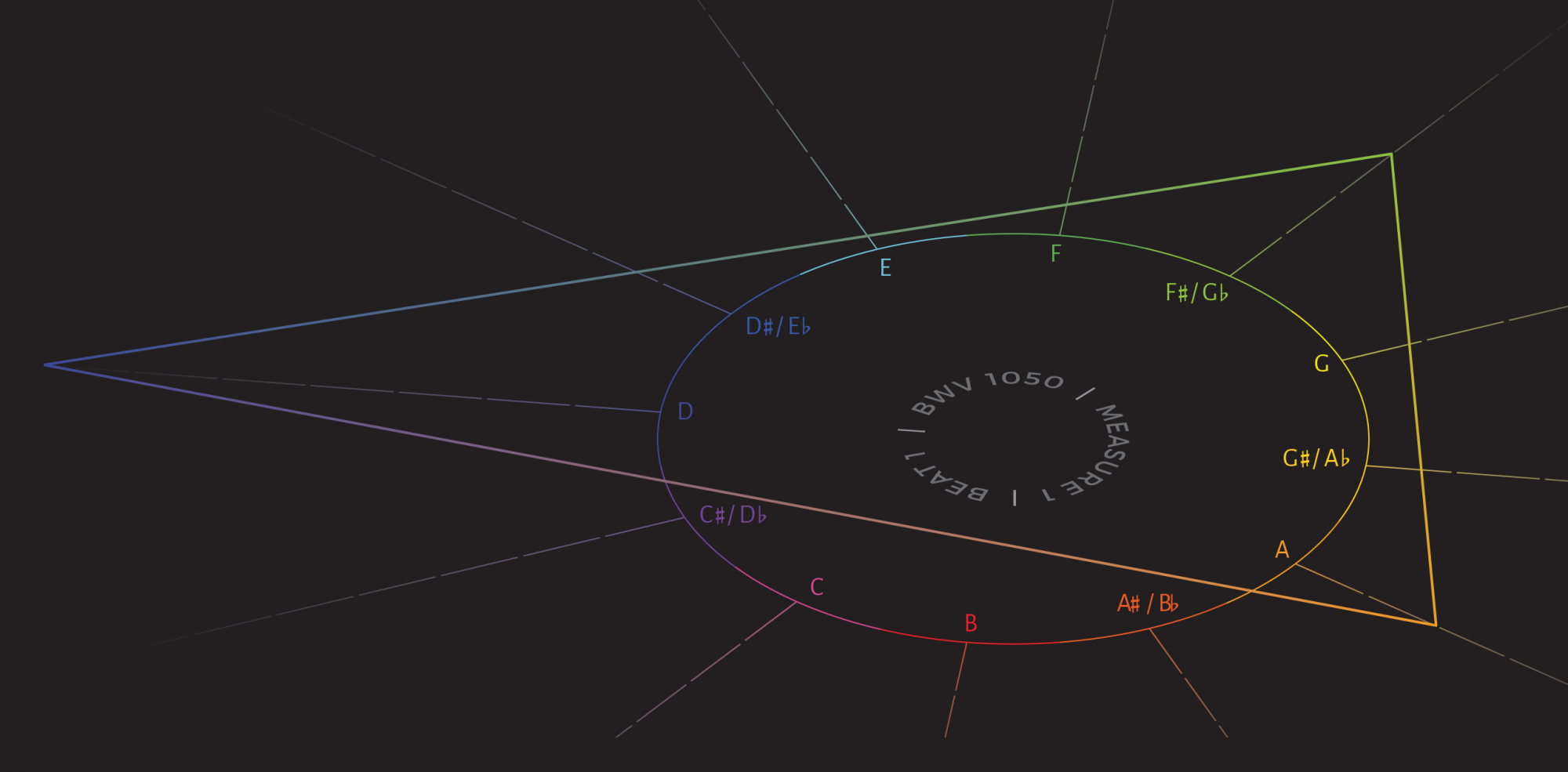Matt Chiu and Derek J. Myler, Editors
Andrew Blake and Noah Kahrs, Web Managers
Complete Volume
Articles
Diego Cubero | Blurred Harmonies in Robert Schumann and Johannes Brahms (1–25)
HTML & PDF —— Abstract
Matthew Ferrandino | Multi-Centric Complexes in Pop-Rock Music (27–43)
HTML & PDF —— Abstract
Anabel Maler | Listening to Phrase Structure and Formal Function in Post-Tonal Music (45–68)
HTML & PDF —— Abstract
Reviews
Emily Milius | A Blaze of Light in Every Word: Analyzing the Popular Singing Voice, by Victoria Malawey, Oxford University Press, 2020 (95–101)
HTML & PDF
Stephen S. Hudson | Making Sense of Recordings: How Cognitive Processing of Recorded Sound Works, by Mads Walther-Hansen, Oxford University Press, 2020 (103–108)
HTML & PDF

